- ⁄
- Travel News
- ⁄
- National Parks •
- Outdoors •
- Trip Ideas
Nature is unreal.
While all of the United States National Parks offer unique attractions that shouldn’t be missed, some are more iconic than others. Whether it is fire-like waterfalls or thousand-year-old trees, these sites are what make the U.S. National Parks truly our best idea and one that we need to make an effort to preserve for future generations.
Here are some outstanding examples of attractions in the national parks that you might want to make an effort to see on your next road trip.
Horsetail Falls Firefall in Yosemite National Park
WHERE: California
This natural phenomenon in Yosemite National Park only happens once a year, usually during the month of February. Photographers crowd into the park to capture the elusive “Firefall” that lights up Horsetail Falls and becomes a once-in-a-lifetime shot.
This event has become so popular due to social media that permits are now required a month before in order for visitors to see it. You are also likely to wait around all day to find the perfect place to set your tripod and achieve the perfect lighting for your keepsake picture.
Going-to-the-Sun Road in Glacier National Park
WHERE: Montana
This harrowing road in Glacier National Park is not only worth the price of admission to the park alone, but it is also the only main road through the park itself. Built in the 1930s as part of President Franklin Roosevelt’s CCC (Civilian Conservation Corp), you won’t get a better chance to see Glacier in all of its glory.
It has also become an over-visited attraction and requires reservations in order to traverse. If you plan on heading there, you will need to be aware of the complex system and plan well in advance for your time there.
Recommended Fodor’s Video
Delicate Arch in Arches National Park
WHERE: Utah
Known as a symbol for all of Utah (you can find it on the state’s license plate), Delicate Arch was named not because it is likely to blow over in the wind but because of an expedition in 1934 where it was named in an article as the “the most delicately chiseled arch in the entire area.” Since then, it has become the can’t miss-site in Arches National Park.
In order to see it up close, you will need to hike three miles in the heat. Make sure to set out either earlier in the day or later in the afternoon for the best lighting for your photos and for a much cooler sojourn.
Old Faithful in Yellowstone National Park
WHERE: Wyoming
Perhaps no attraction in the national parks is more iconic–Old Faithful manages to capture imaginations from all over the world 150 years after Yellowstone was inaugurated as the first-ever national park. Averaging at a height of 140 feet, eruptions tend to last over one minute, giving you plenty of time to snap your photos. If you want the best view of the geyser, then the Observation Point Trail gives you a sense of scale and a view of the entire Upper Geyser Basin.
Hyperion Tree in Redwoods National Park
WHERE: California
Estimated to be around 600 to 800 years old, Hyperion, the world’s tallest living tree, is relatively young since redwoods have been known to live up to 2,000 years. At 1.25 times the Statue of Liberty, even craning your neck, you won’t see all the way to the top.
What’s even more impressive is that Hyperion wasn’t discovered until 2006, making it one of the more recent attractions in the national park system. However, it isn’t the easiest to get to and requires bushwhacking to the site since there are no trails to reach it. Because of this, it has now become off-limits to visitors.
Angels Landing in Zion National Park
WHERE: Utah
Zion National Park has so many iconic attractions, but Angels Landing remains the most terrifying and thrilling to hikers. Only available to hike with a permit, this stunning trail requires nimble feet and holding onto chains in order to reach the end. Thrill-seekers are rewarded with views overlooking the Zion Canyon, and if you’re lucky, you can spot condors circling overhead.
If this hike is on your bucket list, make sure to look into permits several months in advance and watch for rain–this can make the trail even more treacherous than normal.
Joshua Trees in Joshua Tree National Park
WHERE: California
The entirety of Joshua Tree National Park is named after its famous trees, which are technically a member of the agave family. Adapted to the tough environment of the Mojave Desert, these hearty yuccas can live up to 1,000 years old. Since they are such an essential plant to the well-being of the desert, they are federally protected within the park.
If you plan on visiting, make sure you know the basics of desert hiking and bring plenty of water to stay hydrated. You might also want to consider avoiding the depths of summer so you can spend more time outdoors and less time trying to cool down.
Artists Palette in Death Valley National Park
WHERE: California
Another site located in the Mojave, Death Valley, has a number of spots that you won’t want to miss, including its photogenic salt flats and sand dunes. However, the main attraction is the Artists Palette, a collection of colored rocks that has become the most photographed area of the park.
As with most places to see in the desert, avoid the sun not only because it is hot but also because it mutes the colors of the rocks, and your photos will end up washed out. Sunrise and sunset are typically the best time to capture this unique geological wonder.
Wildflowers in Mount Rainier National Park
WHERE: Washington
Only blooming for a limited time every year, visitors flock to Mount Rainier National Park to see a variety of wildflowers at their best. Including varieties such as bear grass, avalanche lily, paintbrush, and more, the entire park becomes a greenhouse of local blooms in a number of colors, making the spring and summer months in the park the busiest time of year. On the National Park website, you can track which flowers are currently available to see and in which areas so you can plan accordingly.
The Beehive Loop in Acadia National Park
WHERE: Maine
Like Angels Landing, this harrowing hike features metal rung ladders and a steep drop-off not for the faint of heart. While it is fairly short at 1.4 miles, it also features some tough scrambles and exposed cliff faces, making it a challenge for beginners. However, for a tough climb, you are also rewarded with unforgettable views of the Maine coastline and the rest of the park.
Make sure you bring along good footwear and take your time on some of the steeper sections. Rainy weather can also make the granite rocks slippery, so it’s recommended to hike during the drier seasons of summer and fall.
Crater Lake in Crater Lake National Park
WHERE: Oregon
This park’s namesake is the deepest lake in the United States and the seventh-deepest in the world. As Oregon’s only national park, the lake was created by a volcanic eruption over 8,000 years ago witnessed by the Native Klamath tribes who called the area home. The entirety of the park is based around the lake itself, including available activities like hiking tours, boat tours, and photography.
While it might seem solely like a summer destination, winter is an amazing time to visit for photographers and those who love getting out in the cold weather and cross-country skiing or snowshoeing.
Cades Cove in Great Smoky Mountains National Park
WHERE: Tennessee
The best way to see this popular feature in the Great Smoky Mountains National Park is to rent a bicycle and enjoy the vehicle-free loop every Wednesday during the summer months. This is an excellent time to spot some of the park’s wildlife, like whitetail deer, black bear, wild turkey, and more. Hikers might also want to take advantage of the multiple hiking trails within the loop. You can choose either to hike the entire 11-mile loop or stop at certain trails that branch off. Also, keep a lookout for some of the historic buildings, such as a church, log houses, and a working gristmill.
Inspiration Point in Grand Teton National Park
WHERE: Wyoming
For a hike that doesn’t require a ton of effort and gives you one of the best views in Grand Teton National Park, Inspiration Point is a must-do. First, you will need to get tickets for the Jenny Lake shuttle boat, which will take you from one side of the lake to the other, where you will begin your hike. You will want to stop at Hidden Falls, a 100-foot waterfall that is reached after only 200 feet of elevation gain. From here, it’s a quick hike to the namesake overlook, where you can get a glimpse of the entire Jackson area and Cascade Canyon.
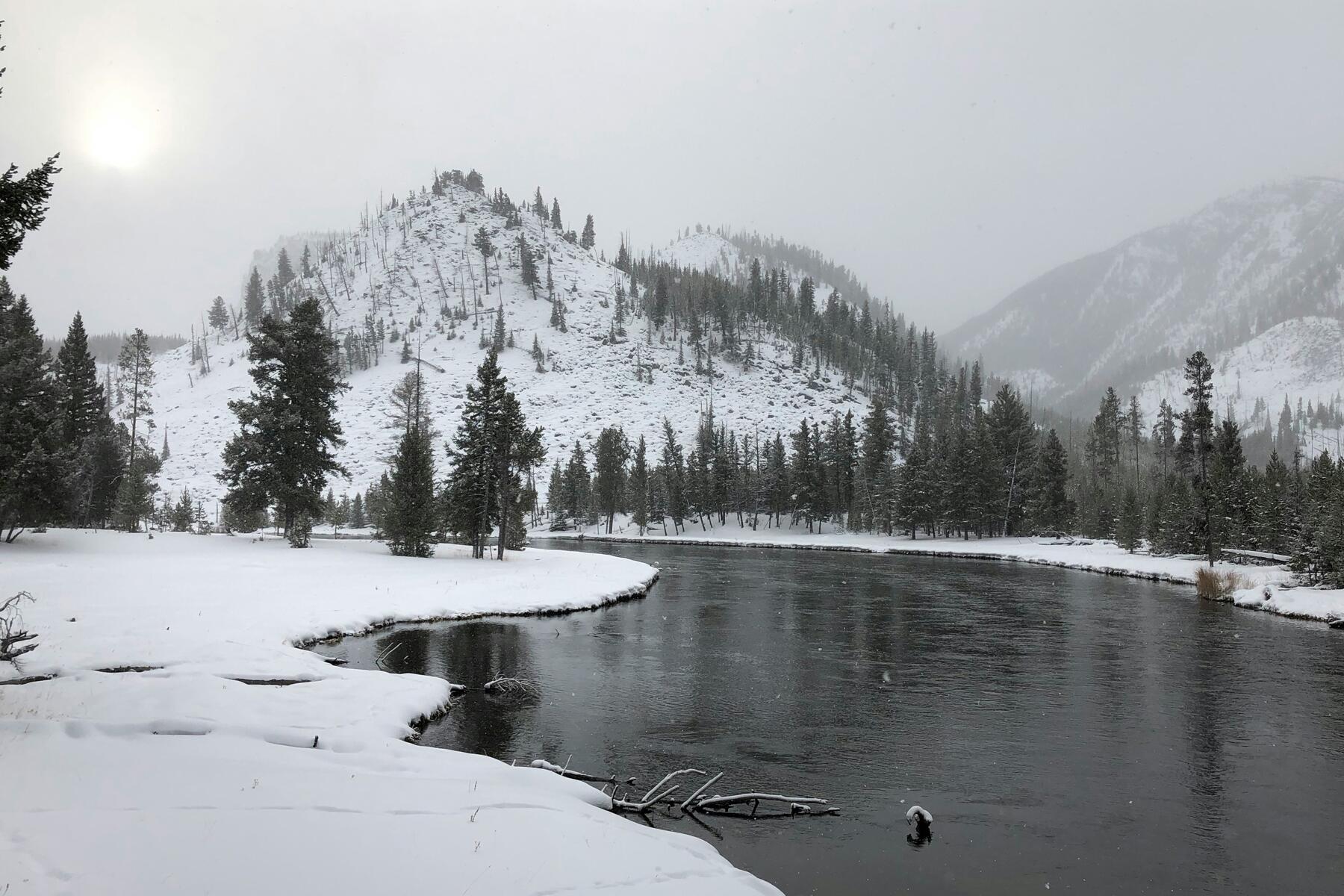
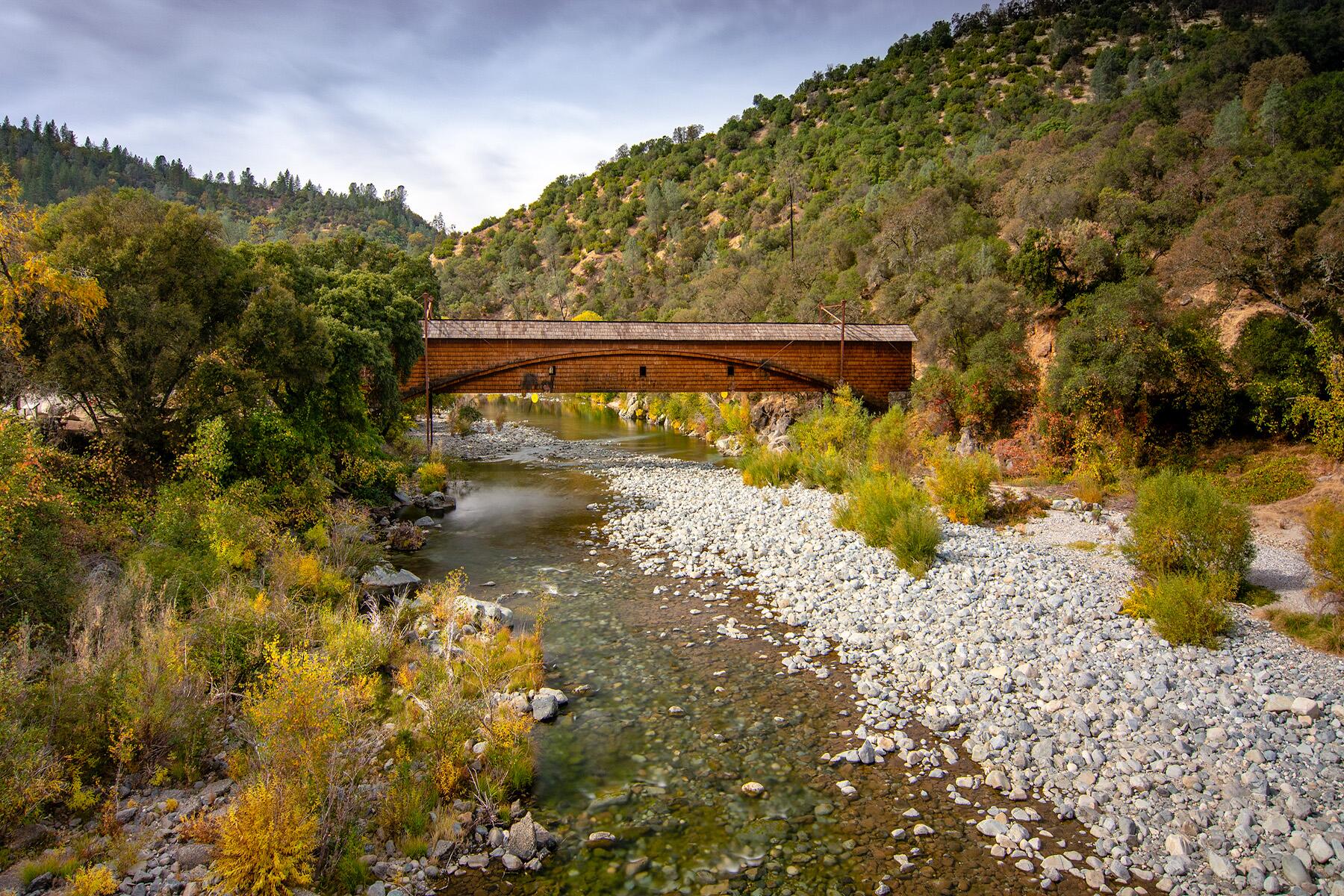
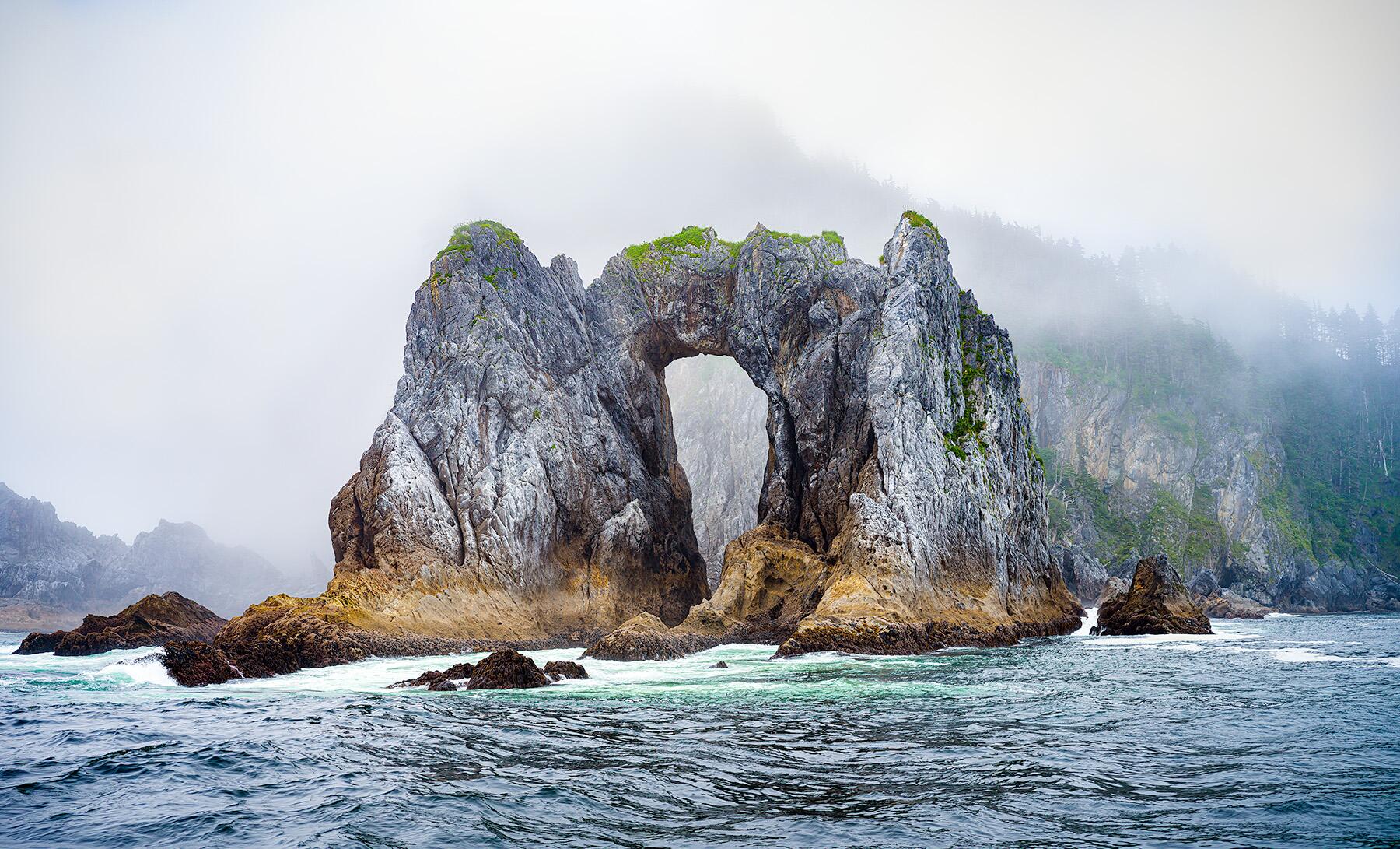
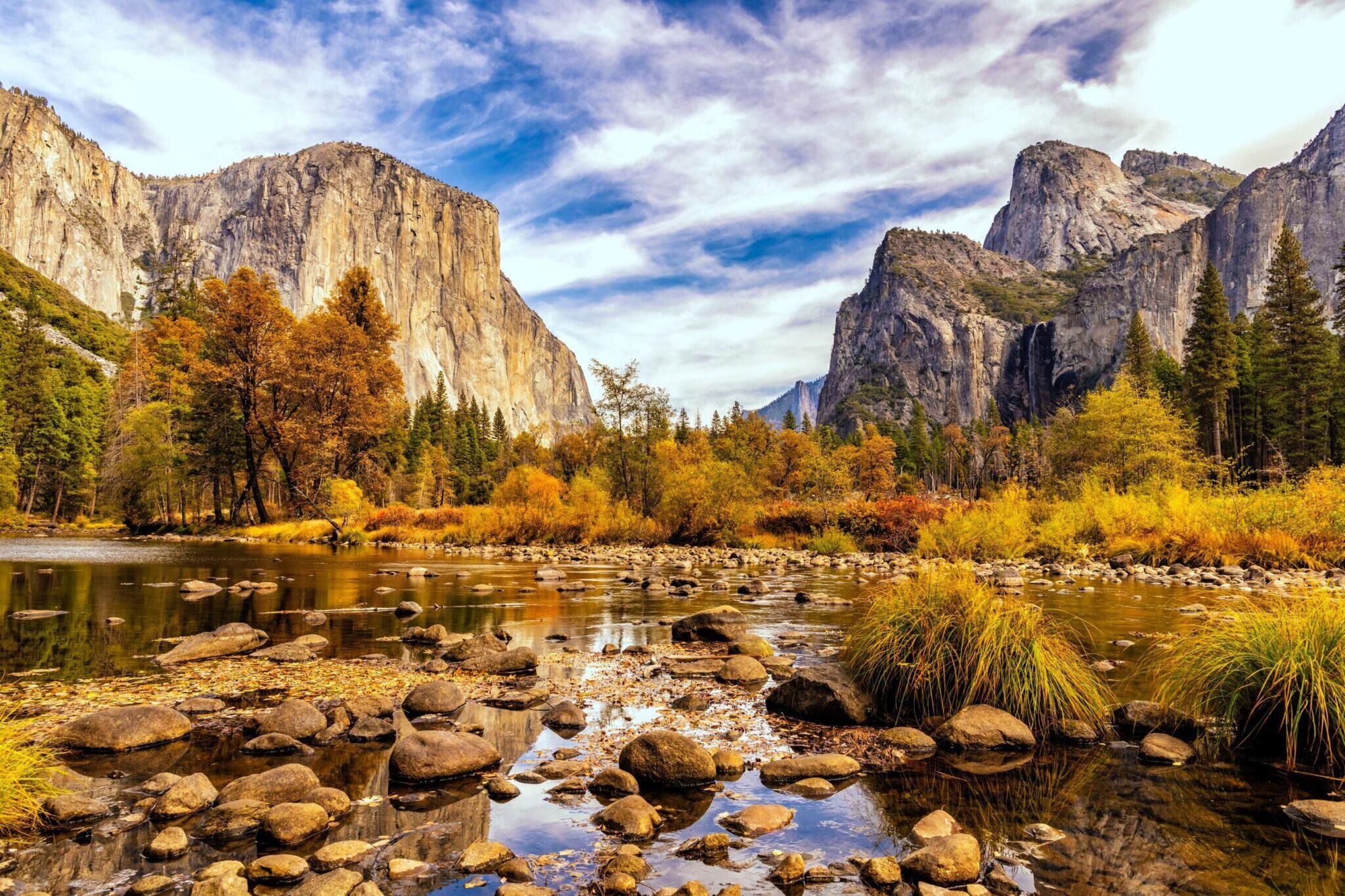
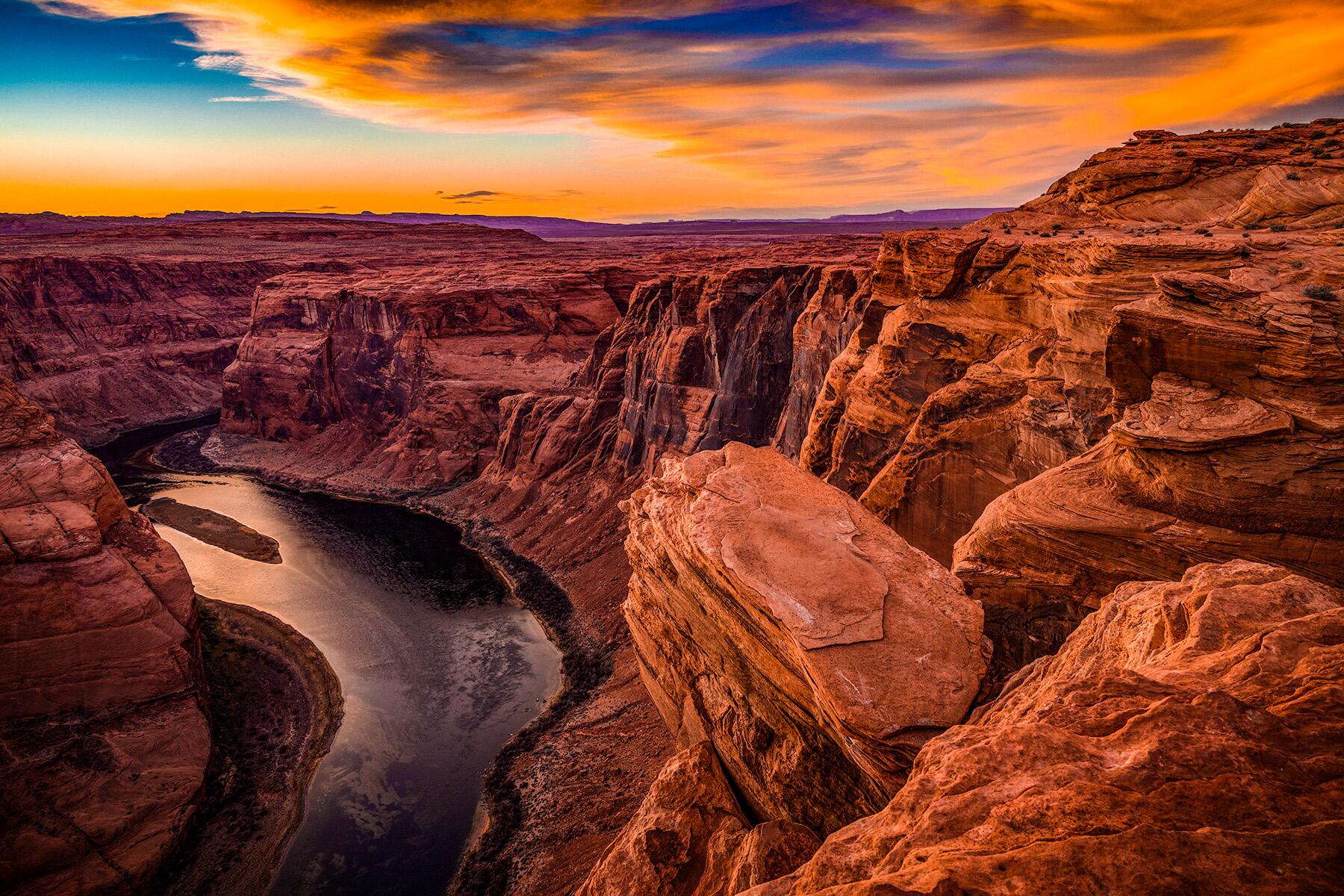

So interesting that you go into a detailed description of the site and then choose a picture of something else! Old Faithful is the most blatant one.